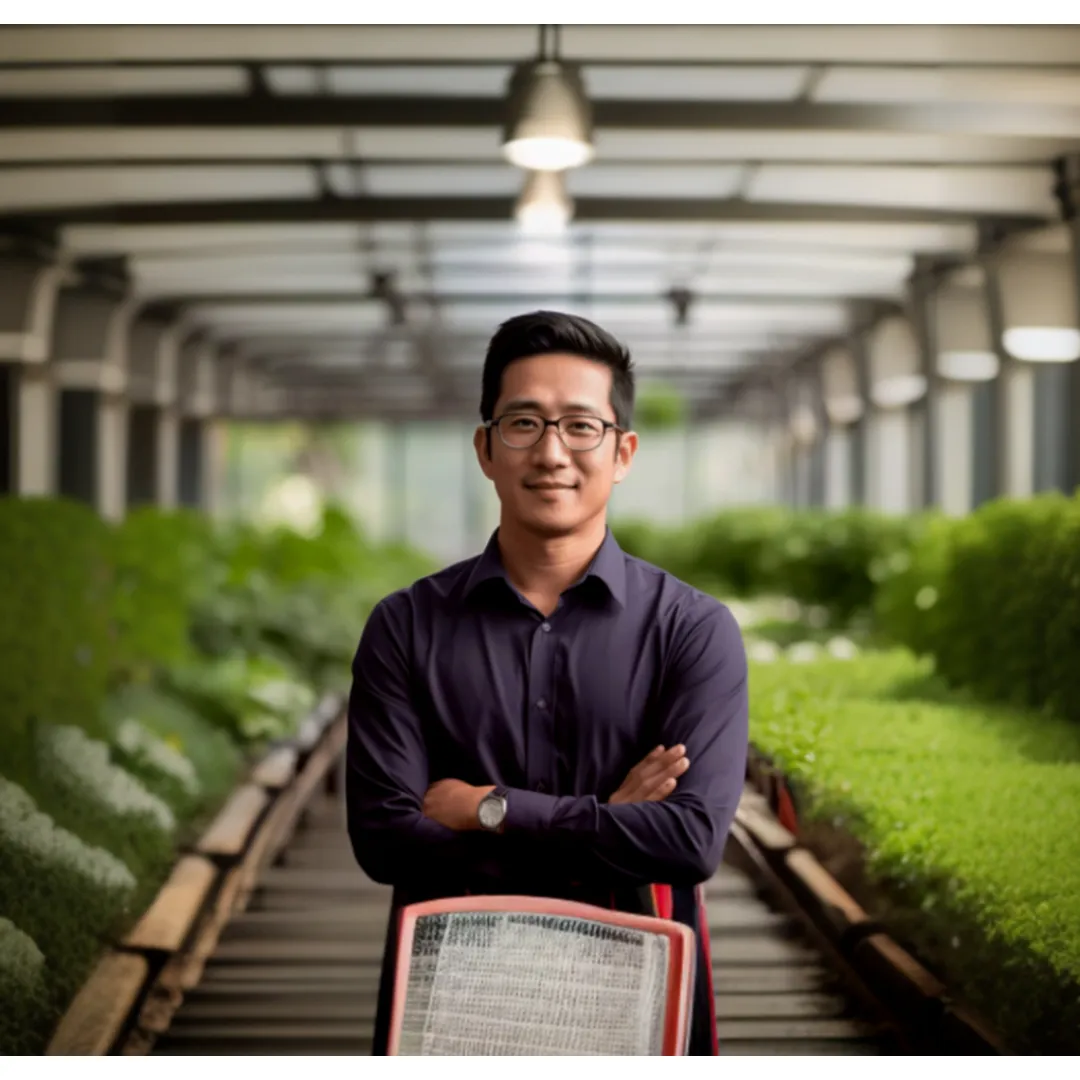Hoyas, also known as wax plants, are popular houseplants known for their waxy leaves and star-shaped flowers. While they are generally easy to care for, providing proper lighting is crucial to keeping your Hoya healthy and helping it thrive.
Here are 5 signs that your Hoya needs more light:
1. Slow or No New Growth
Hoyas need adequate light to power photosynthesis and produce new leaves and stems. If your Hoya is growing extremely slowly or has stopped putting out new growth altogether, it likely needs more sunlight.
What Slow Growth Looks Like
- Very few new leaves or trails forming over an extended period of time
- Noticeably less new growth compared to the past
Effects of Too Little Light
- Without enough light, photosynthesis slows down or stops
- This leaves the plant with less energy to put toward growth
- Extending the Hoya’s dormancy and stunting its growth
2. Smaller Leaf Size
When a Hoya receives insufficient light, its leaves tend to emerge smaller than usual. This is because there are fewer photosynthetic sites in smaller leaves compared to larger leaves.
Identifying Small Leaves
- Leaves stay much smaller than the average size
- New leaves fail to reach a normal mature size
Why Hoya Leaves Get Small
- In low light, a Hoya produces smaller leaves to prevent overloading its limited photosynthetic sites
- This allows it to make do with the available light levels
- But the plant can’t reach its fullest potential leaf size and growth
3. Leaves Loosing Color
Most Hoyas have leaves in some shade of green, often with a glossy or waxy appearance. If the leaves start to look more dull, gray, or yellowish, it likely signals a need for more sunlight.
Experience the Joy of Hoya Plants – Add to Cart Now!
Recognizing Loss of Vibrant Color
- Once vibrant green leaves fade to a paler or yellowish hue
- Leaves develop a matte appearance rather than glossy or waxy
What Causes the Color Change
- Chlorophyll breaks down faster under low light conditions
- This pigment is necessary for leaves to maintain healthy green tones
- Without enough light to stimulate chlorophyll production, the overall color fades
4. Flowering Slows or Stops
Getting a Hoya to bloom takes specific conditions, including ample brightness. If a previously flowering Hoya stops producing blooms, insufficient light could be the culprit.
No Longer Seeing Flowers
- Your Hoya used to bloom regularly but hasn’t in over 12 months
- It makes peduncles (flower spikes) but they do not open into flowers
Light and Blooming Explained
- Hoyas generally need bright, indirect light to initiate flowering
- In low light, it focuses energy on foliage growth not reproduction
- Without enough photosynthetic activity, it doesn’t have resources to spare on blooms
5. Leggy Growth Habit
When light levels drop too low, Hoyas start displaying leggy growth where the stems elongate and nodes become more spaced out. This happens as the plant attempts to reorient its leaves toward the light source.
Identifying Leggy Growth
- Long trailing stems with increased distance between nodes
- Plant looks spindly, top-heavy, or unable to stand upright
The Science Behind Leggy Growth
- Low light triggers increased stem extension to expose more leaves
- But since it’s not getting enough light overall, true foliage growth slows
- Result is fewer leaves on abnormally stretched out stems
Conclusion
Keeping an eye out for signals like slowed growth, smaller leaves, color change, lapses in flowering, or leggy shape can help catch light issues before they seriously impact your Hoya. If you notice any of these warning signs, gradually move your plant to a brighter location over 7-10 days. South or west-facing windows are often ideal, as long as you shield the Hoya from direct midday sun. With proper adjustments to lighting conditions, your Hoya will reward you with lush healthy foliage and gorgeous blooms!
FAQ
- What are the ideal light conditions for Hoya plants?
- Hoya plants thrive in bright, indirect sunlight. They can tolerate some direct morning sun but should be protected from harsh afternoon sun.
- Can Hoya plants survive in low light conditions?
- While Hoya plants are relatively adaptable, they may not thrive in low light. They require at least some indirect sunlight to grow and flower.
- Should I place my Hoya plant near a window?
- Yes, placing your Hoya plant near a window with filtered sunlight is a good idea. South or west-facing windows are ideal for providing the right amount of light.
- How often should I move my Hoya plant to ensure it gets enough light?
- It’s best to find a consistent location for your Hoya plant where it receives the appropriate amount of light. Frequent movement can disrupt its growth and flowering.
- What if my Hoya plant isn’t blooming despite proper light conditions?
- If your Hoya isn’t blooming, it might need more patience. Some Hoya varieties take time to mature and produce flowers. Ensure other care factors like watering and humidity are also met.






